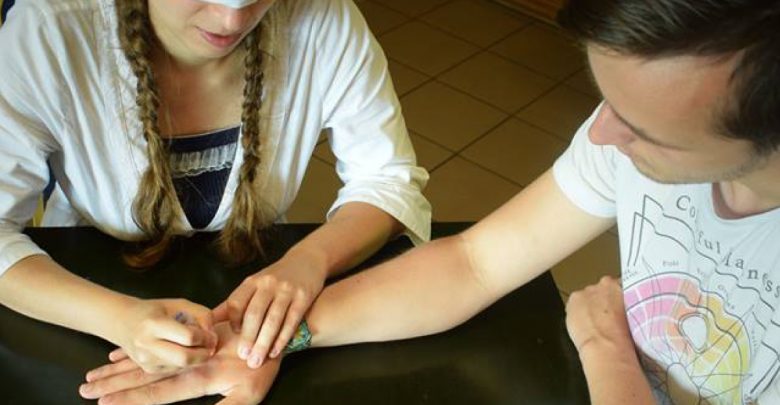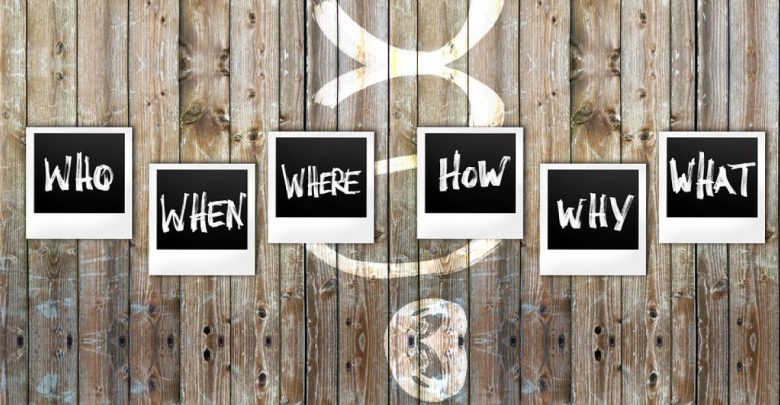Creating a safe, inspiring learning environment
Creating a safe, inspiring learning environment
-
Why did I choose this tool? There are several approaches to the behavior of the participants that are not convenient for the trainer/facilitator and might become annoying for the group of learners. I chose this tool to introduce one of the approaches – connecting difficult behaviour with the types of personalities and having a prepared list of strategies that can…
Read More » -
Why did I choose this tool? I chose this tool because I believe it is important to make a distinction not only between encouraging – confronting the learners, but also by supporting and encouraging in a way that is useful for the learners’ personal and professional development. How does this apply to being a trainer? Trainer’s role is versatile and…
Read More » -
Why did I choose this tool? I chose this tool, because I believe that asking the right questions at a right time is the most powerful tool of learning. Also since I find probing questions not that easy to master, I propose to start with getting acquainted to examples of them and start introducing them one by one into your…
Read More » -
Why did I choose this tool? The safety often depends on the context and the topics that are or will be discussed. Therefore, there is no way of developing a complete list of what is safe of not safe for the group. This is the reason why I chose a few areas for you to reflect and brainstorm, what are…
Read More » -
Why did I choose this tool? If you want to use the environment creatively, you have to start somewhere. Considering myself a less creative person, I always need some examples of what can be done in order to get me going. This list is a starting point to get creative with the spaces. How does this apply to being a…
Read More » -
Why did I choose this tool? I chose this tool as a way to expand the understanding on how important it is to be genuine with the group and not take the educational process as a theatre play of fake cheerfulness and fun games. I believe that the core of non-formal education comes from the relationship and interaction between the…
Read More » -
Why did I choose this tool? Skill is something you develop by practicing. I believe it is a lot easier to start practicing when you have basic knowledge on how the skill can be practiced and what to keep in mind before and during this practice. These are the basic theories of learning that will give you an idea of…
Read More » -
Why did I choose this tool? Safety in a training activity is a multi-layer concept that involves both physical and emotional safety of the participants and is crucial in order to have an educational process (of course the group might learn a lot about crisis management and first aid if someone falls down the cliff or a chair and breaks…
Read More » -
Why did I choose this tool? This is a very short and simple theory to become more aware of how you are positioning yourself in a group and the educational interventions that you are choosing in the training programme. Some of them may come intuitively while it is important to maintain awareness and targeted choices. When combined with Tuckman’s Group…
Read More » -
It is an opportunity to use each other’s vision, experience and ideas in order to find new ways of addressing issues in your work context. In summary, Intervision is about: Inter-collegial consulting; in a work context; with colleagues, equals (not the formal hierarchy is important, but the felt freedom to speak up and show weakness); with a simple format and structure (and…
Read More »









